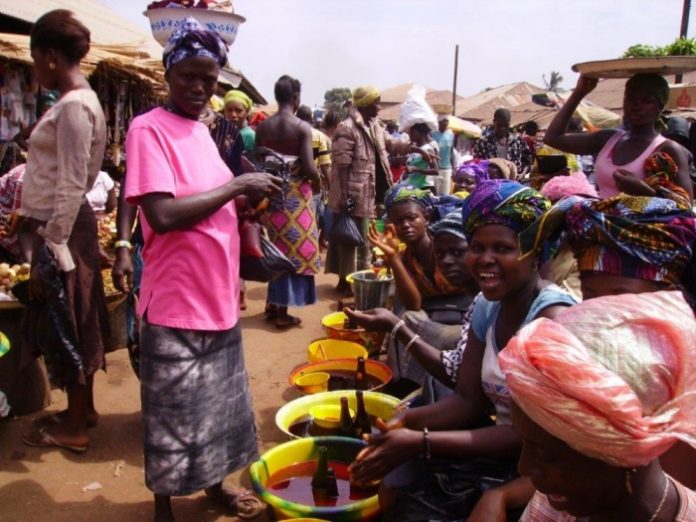COMMENTARY
By Amin Kef Sesay
In August 2019, the Ministry of Agriculture and Forestry (MAF), Statistics Sierra Leone (StatSL) and the Food and Nutrition Directorate (FND) of the Ministry of Health and Sanitation, with technically support from the United Nations World Food Programme (WFP),undertook a Food Security Monitoring System (FSMS) exercise. The purpose of the FSMS was to find out the status of food insecurity during the lean season.
District level analysis
Among the districts, Bonthe district recorded the highest prevalence of food insecurity (75.5percent), likely as a result of challenging physical access that impeded inflow of food commodities, heavy rainfall that damaged crops and constrained engagement in the main livelihood of fishing in addition to a pest infestation of the staple in this area, cassava.
Kailahun district also registered high rates of food insecurity (70.6 percent), likely caused by limited access due to poor road conditions, lower than average yields of the primary cash crop, cocoa and limited market opportunities(reducing household incomes to purchase food)in addition to indirect impacts of the economic downturn in Liberia, which reduced cross border trade.
In Tonkolili district (68.6 percent), high rates of food insecurity are likely a result of a reduction in agricultural activities in the district due to increased utilization of agricultural land formining activities.
Food insecurity was also high in Koinadugu district (65.3 percent), representing a chronic problem of very poor accessibility during the rainy season as a result of the deplorable road conditions that characterise this district.
Overall, the FSMS showed a deterioration of the food security situation since September 2018 –the last data collection also during the lean season-with the total food insecure population increasing from 43.7 percent to 53.4 percent. This implies that over half of the population of Sierra Leone (4,232,593 people) are not consuming a sufficiently nutritious diet to live a healthy life. The August 2019 FSMS showed that 4.6 percent (364,605 people) of Sierra Leoneans are severely food insecure, an increase of 2.6 percent from September 2018.
The increase in food insecurity during the lean season –when local production is lower, households have depleted their food stocks and access is challenging due to poor infrastructure -demonstrates the current testing macroeconomic situation in Sierra Leone, characterised by high inflation, increasing food prices and reducing income generating opportunities. Considering the extreme poverty in Sierra Leone with the average household spending most of their limited income on food, price increases have had a profound impact on the resilience of low income, vulnerable households.
This is reflected in the proportion of households spending over 65 percent of their income on food increasing from 44.8 percent (September 2018) to 56 percent (August 2019). Furthermore a difficult macroeconomic situation has been compounded by recurrent climate shocks – specifically irregular rainfall patterns – including late onset of 2018 rainy season and lowers than average precipitation levels, and above average rainfall in 2019 and widespread incidents of flooding.
With three-quarters of Sierra Leoneans engaged in agricultural production as their primary livelihood activity, irregular rainfall of 2018 contributed to significantly reducing already very low agricultural production, reducing incomes and household food stocks, exacerbating vulnerability and food and nutrition insecurity.
Reduced harvests in 2019 contributed to earlier than usual depletion of household food stocks, which intensified the lean season. The heavy rainfall of 2019 both damaged crops, homesteads and reduced physical access to remote communities, thus reducing access to food during the lean season typified by low agricultural production. The combination of these recurrent climate shocks has had a serious impact on the fragile food security status of vulnerable households in Sierra Leone.






